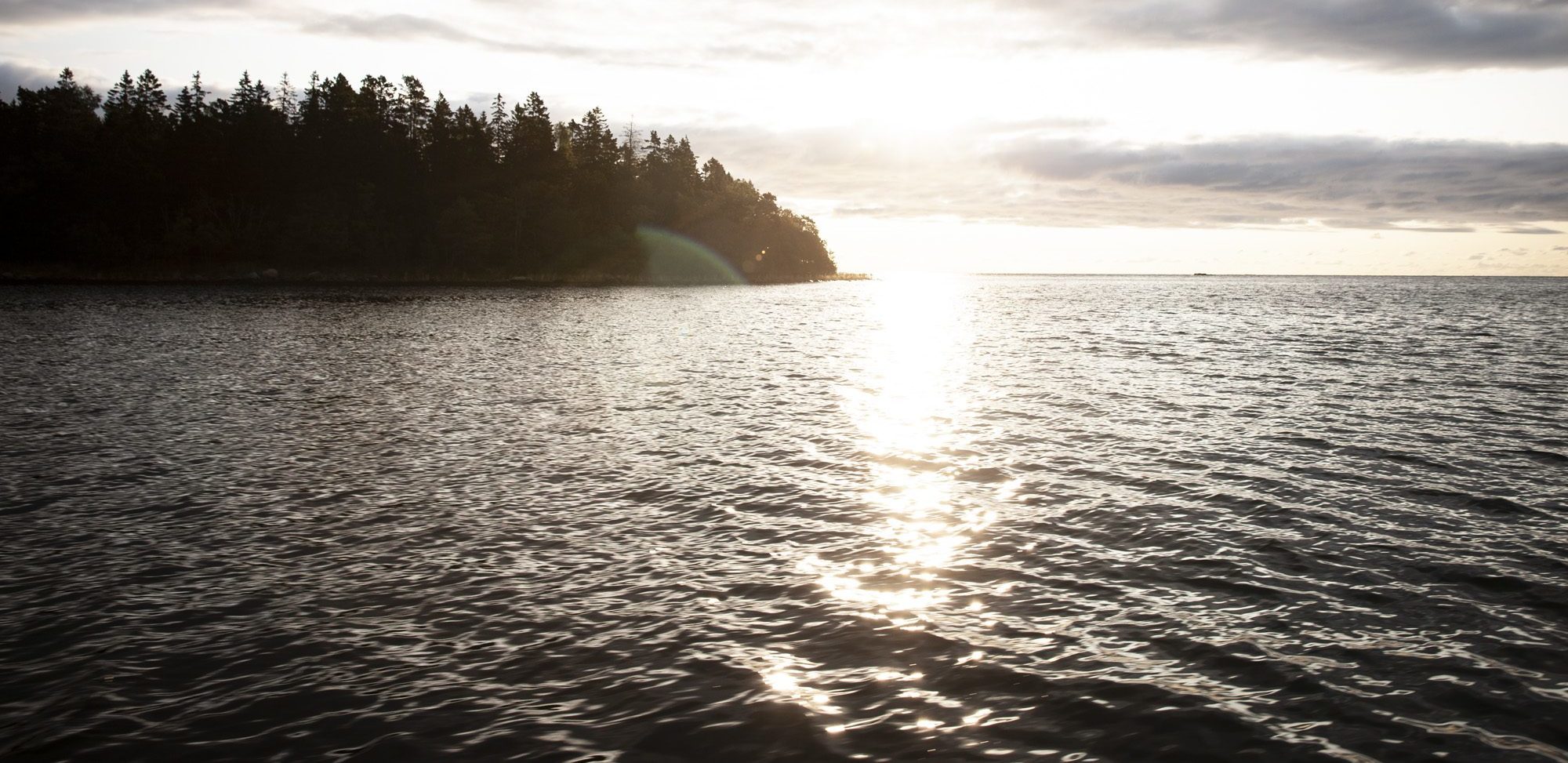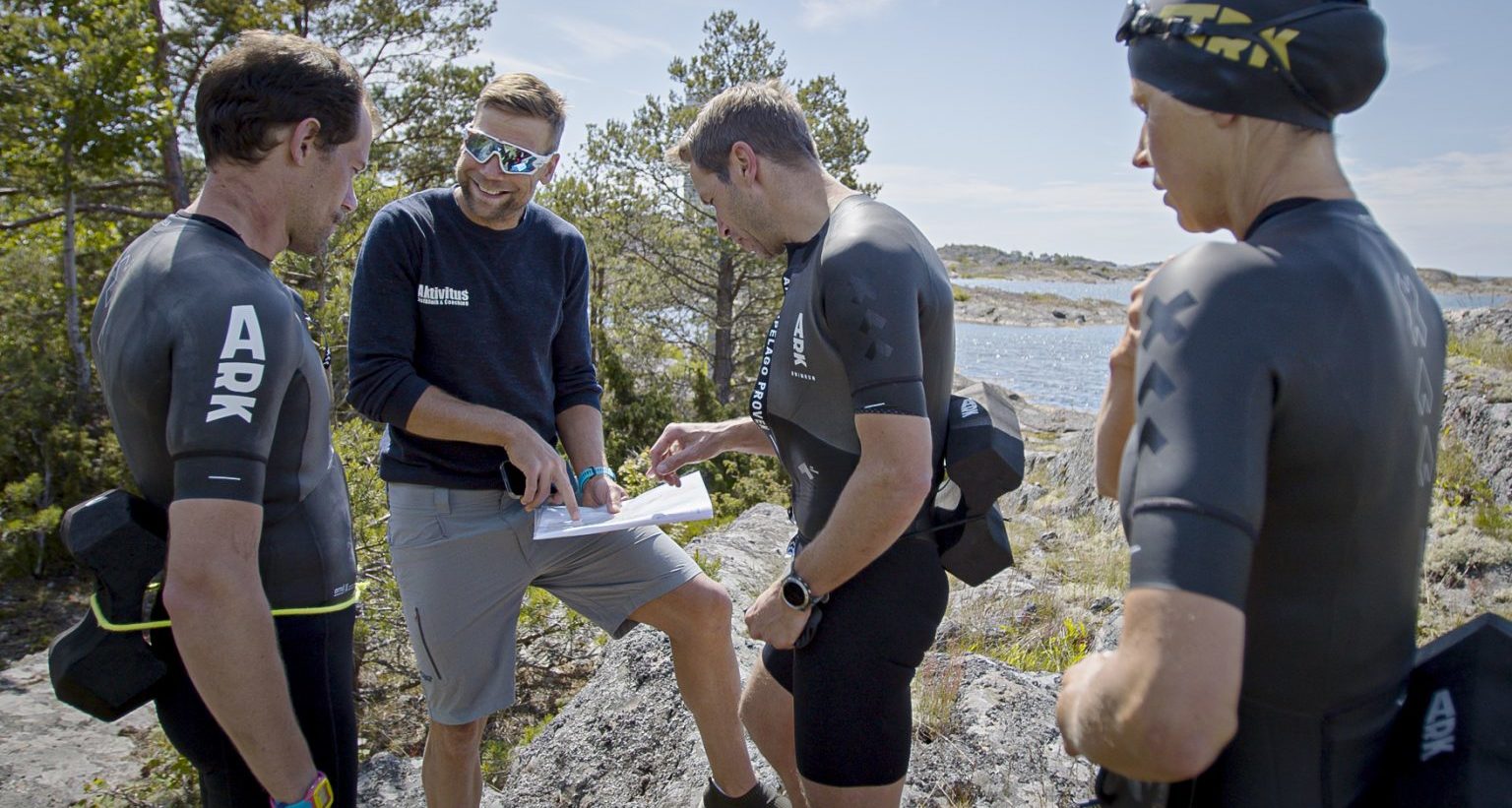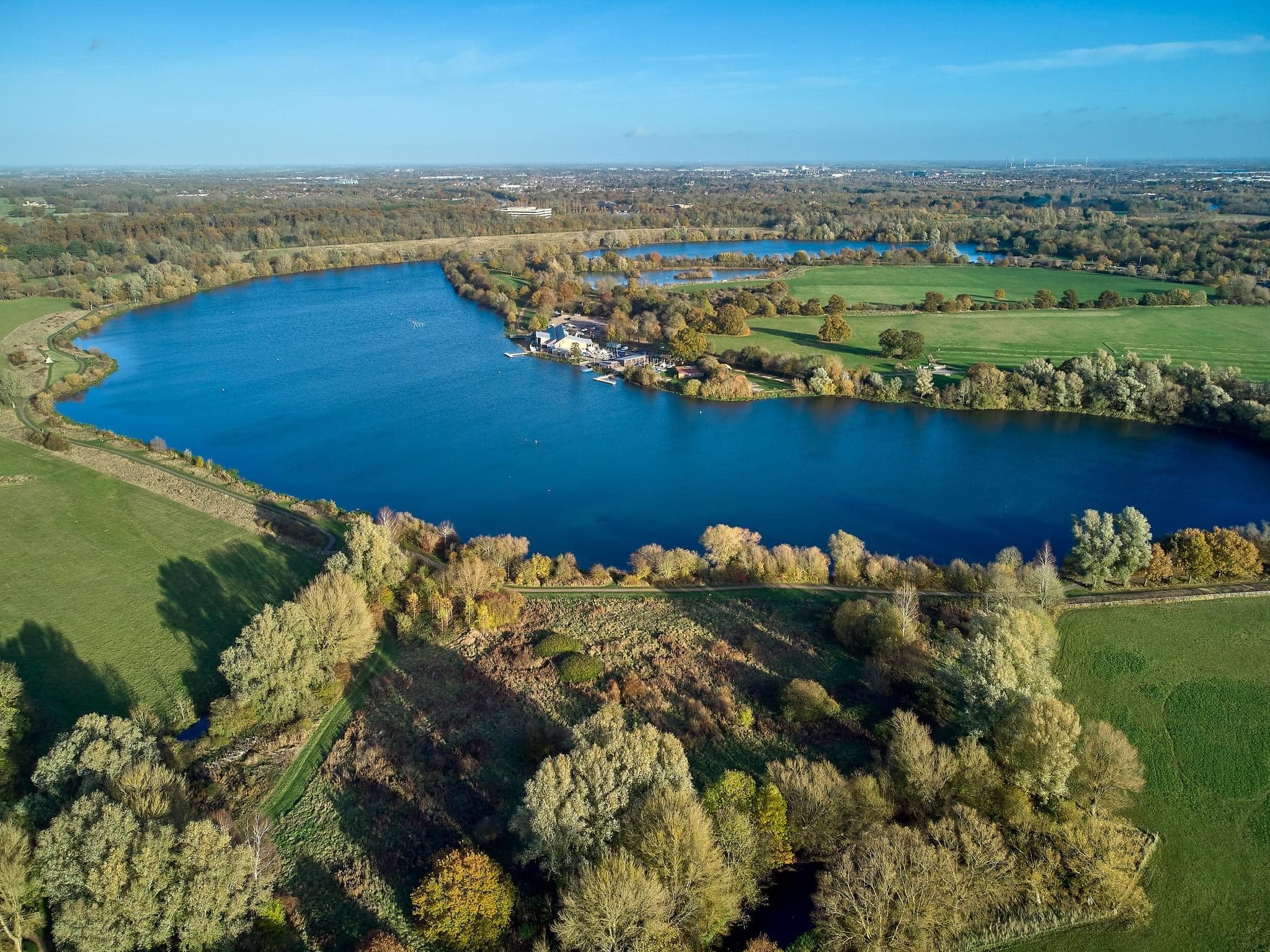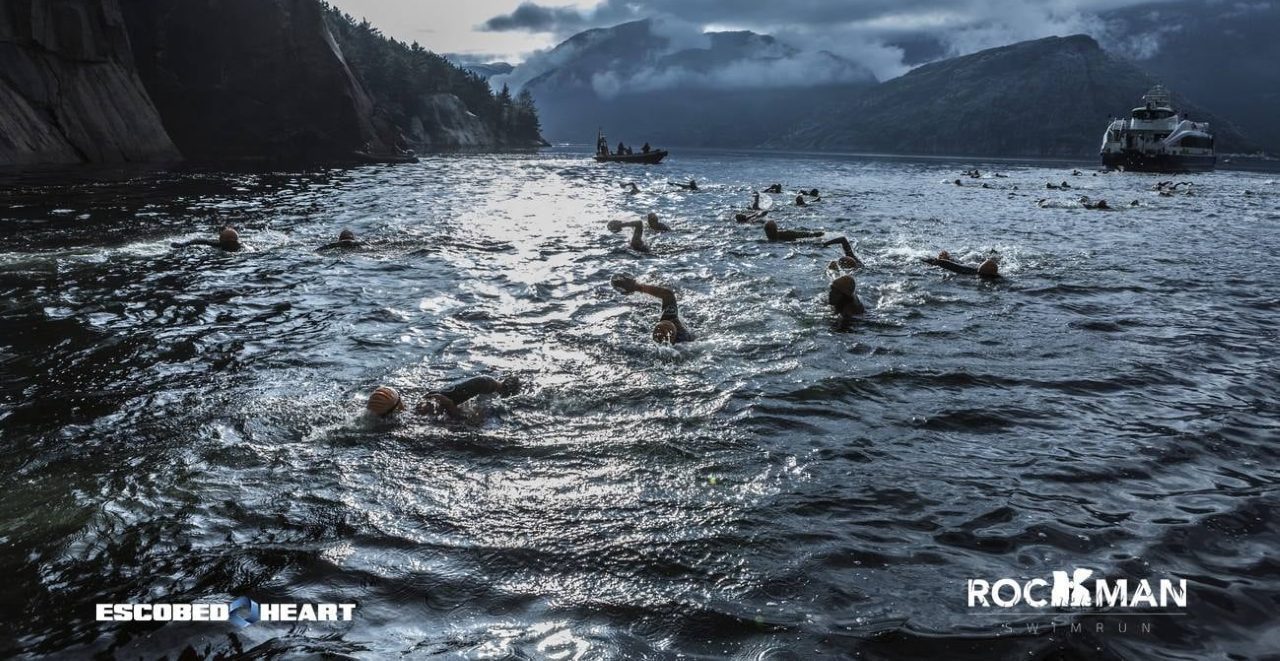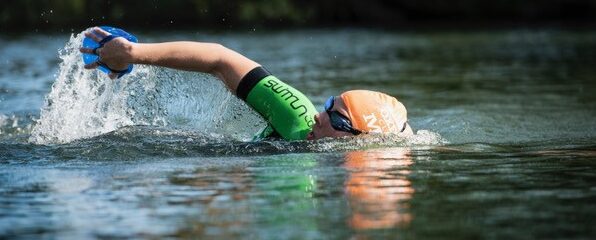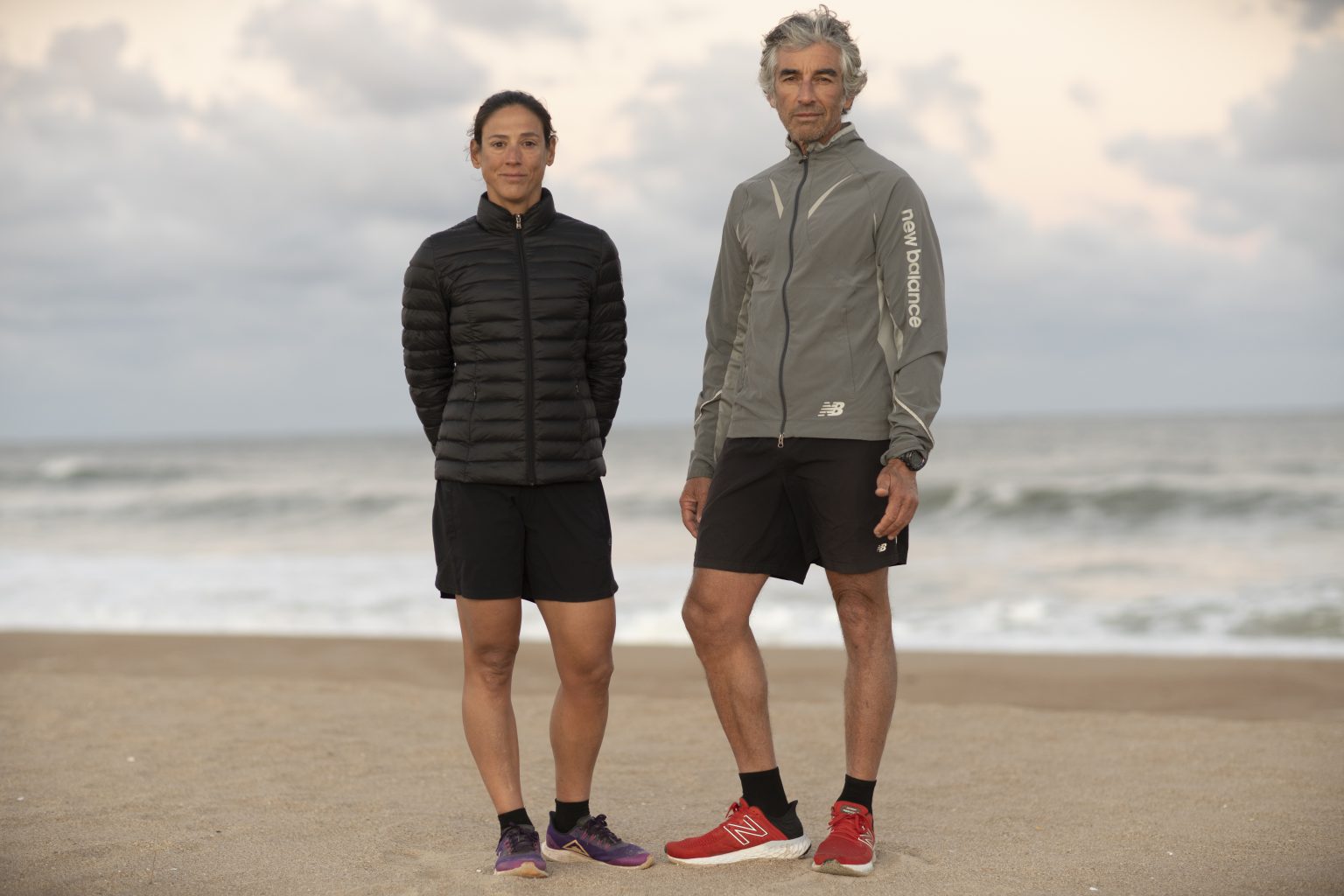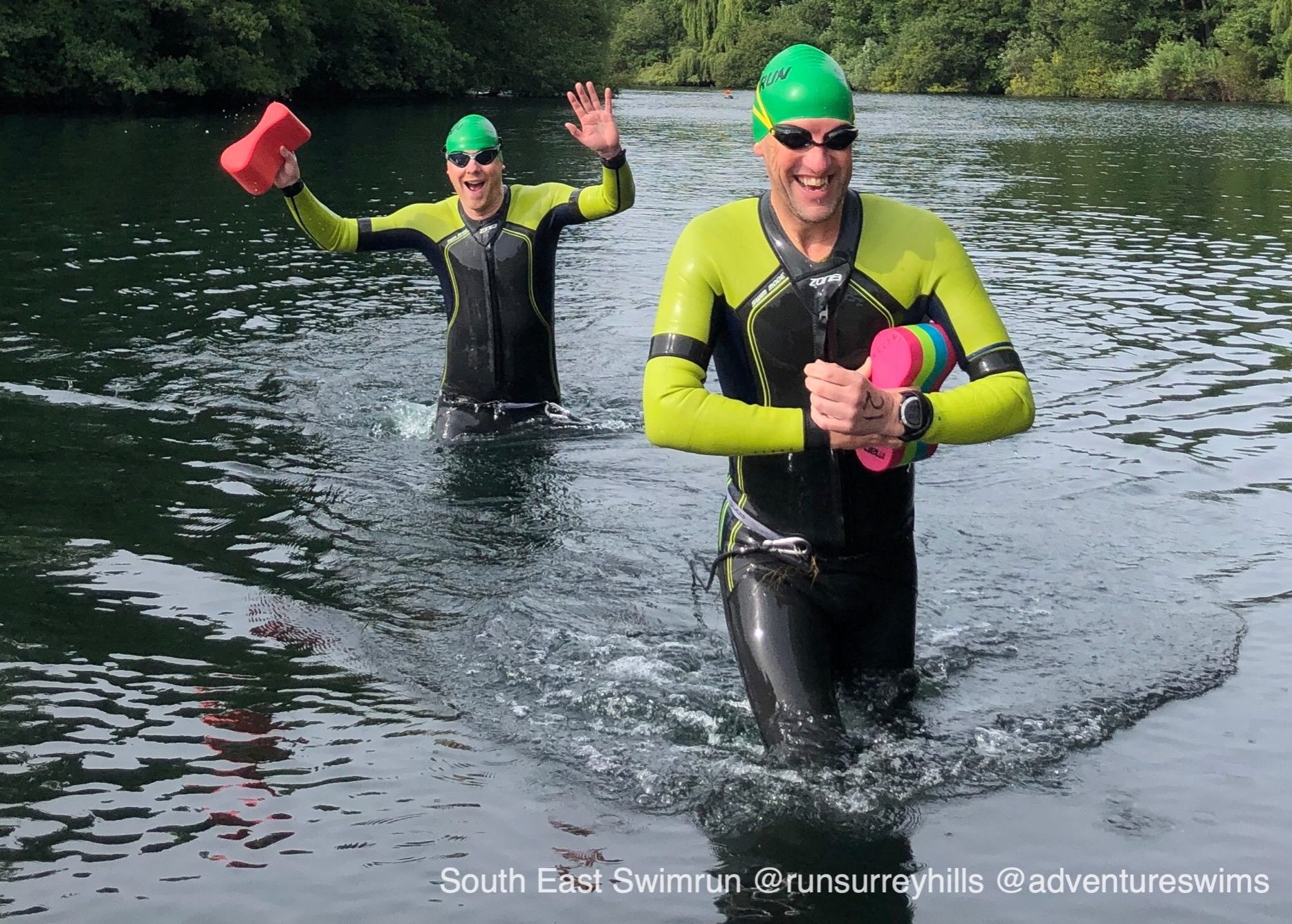One Water Race: The Hardest Swimrun Race In The World
This article was written as a joint collaboration between Abigail Lister and Jon Littlewood.
Introducing the One Water Race, where climate activism and swimrun collide. In this feature, we caught up with founder Thomas Ogander on the inception of the race and its purpose.
More than any other endurance races, swimrun brings people up close to nature. You are navigating a difficult landscape, swimming through rarely-visited areas of coastline, or charting a running course through dense forest, there’s simply no denying the power and beauty of the natural world.
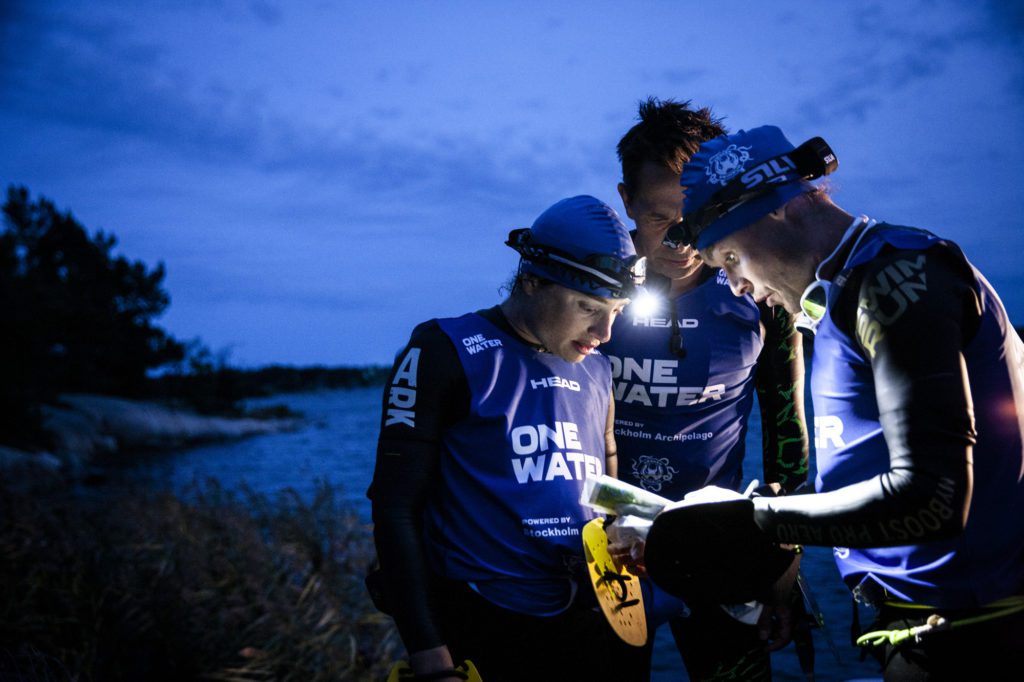
The One Water Race is the hardest swimrun race in the world. A nonstop 250km odyssey over land and water which combines navigation, swimrun and adventure racing.
It is more than just a race. For Thomas Ogander, who founded the One Water Race ‘we are doing all this for a greater purpose, to raise awareness of the acute situation for our world waters’. It has been years in the making inspired by Thomas’s completion of five ÖTILLÖ Swimrun World Championships in a row and striving to seek a new adventure and the ultimate challenge.
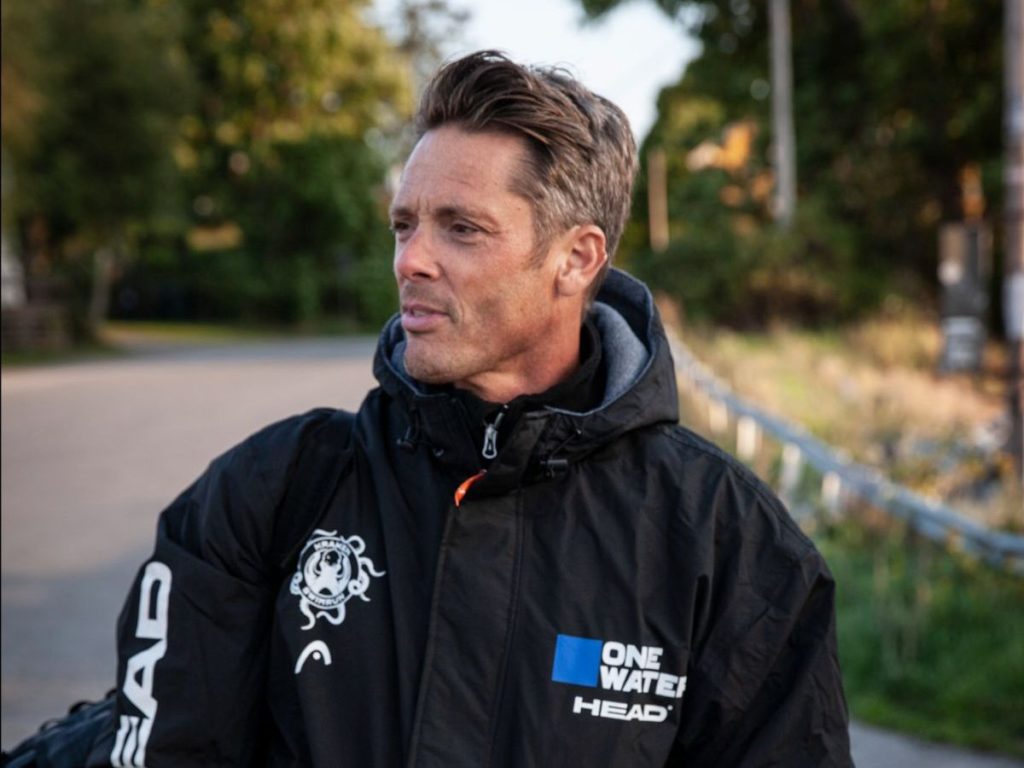
What is the One Water Race?
Located in the Stockholm Archipelago, this race aims to fuse the desire to tackle climate change along with the desire to push endurance athletes to their limits.
As swimruns go, One Water Race is tough. No, more than tough—it’s a monster. A nonstop 250km race across the Stockholm archipelago, the same distance as six marathons and with no obvious route.
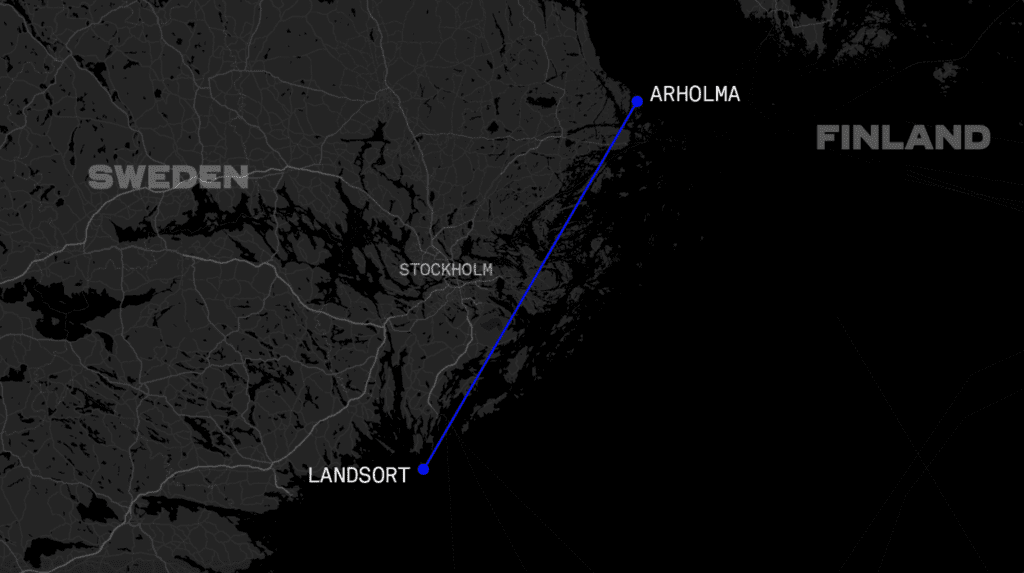
The race starts in the north on the tip of the island Arholma. From there, competitors will run and swim 250km south, aiming for the tiny island of Landsort. The race is split into approximately 200km of running and 50km of swimming—but all this will depend on your ability to chart the most
efficient route between the start and end points.
There is no pre-defined route. Competitors must use their navigation skills to plot a course between Arholma and Landsort, though you do have to hit five unknown checkpoints (the race is split into five stages).
Athletes register for the One Water Race as a three-person team plus additional one member who comprises the support crew. The support team member stays onboard the team’s safety boat, and is only allowed to regroup with the rest of the team on land to distribute equipment and food.
Why does the One Water Race exist?
The name One Water Race is a reference to the world’s one ocean and humanity’s collective ability to effect change on nature.
Thomas wanted to create the ultimate proof of human capacity and the ultimate race for the world’s best endurance racers. Find the perfect mix of different sports and challenges in how you can force nature with the help of the body, running and swimming, how to handle an infinite distance, how to navigate through knowledge of the terrain, day and night and that you do this in groups, as a team.
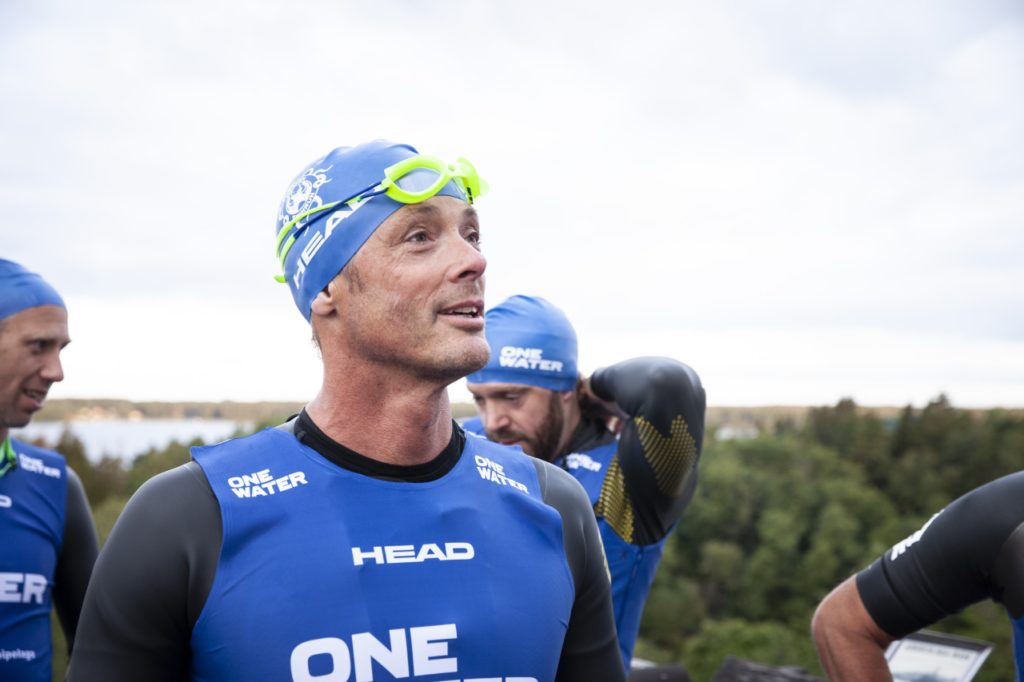
In parallel with the event, the One Water Race has launched a project for a fossil free archipelago where the race is our platform for attention and communication.
What will it take to win it?
To be the best in handling the cold, complete dark nights and orienteering.
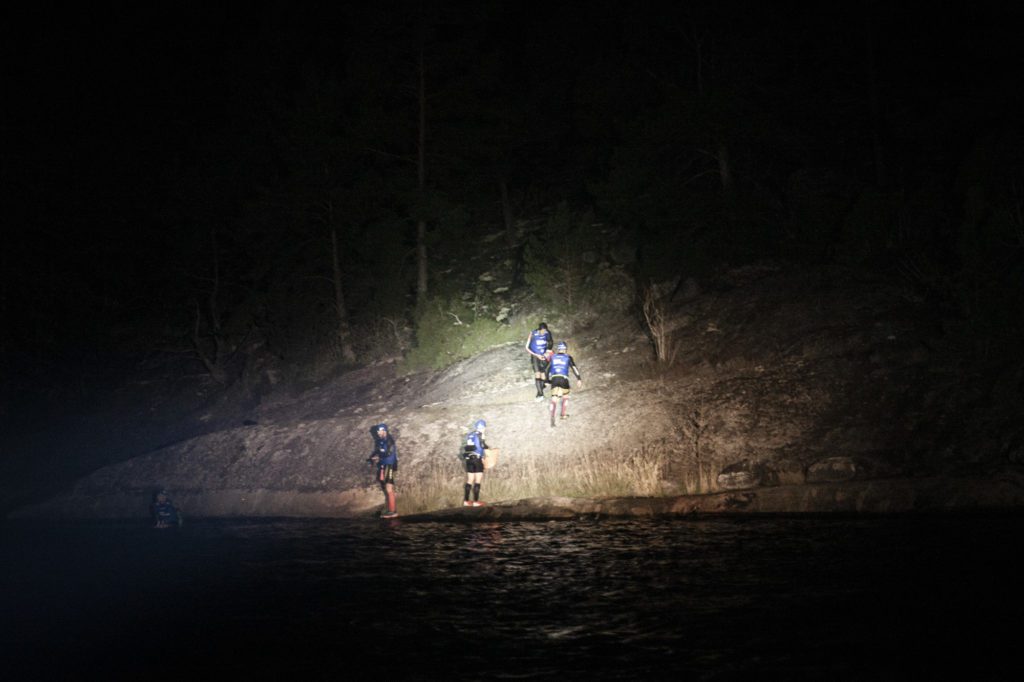
How can I enter?
The 2022 One Water Race will take place between the 23rd and 25th August 2022. Registrations have closed for this year’s event.
For future applicants, they must demonstrate experience of multiple day races, orienteering and swim capacity. You need to know how your body and mind reacts after 12 hours, 24 hours, 36 hours, 48 hours of non stop racing and no sleep. This race is also created for the best endurance racers in the world, you want to compete against the best and it’s also only the best who can be on the starting line.
A final note for the event partners
The One Water Race’s commitment to the world waters has contributed to this being a collective movement of companies and individuals who want to be involved and contribute to that development. Head Swimming has been a loyal partner in the development for more than 12 years, Fossil Free Marine, which shares the race’s vision of and work for a fossil-free archipelago, and not least the Stockholm Archipelago, which works with sustainable tourism.
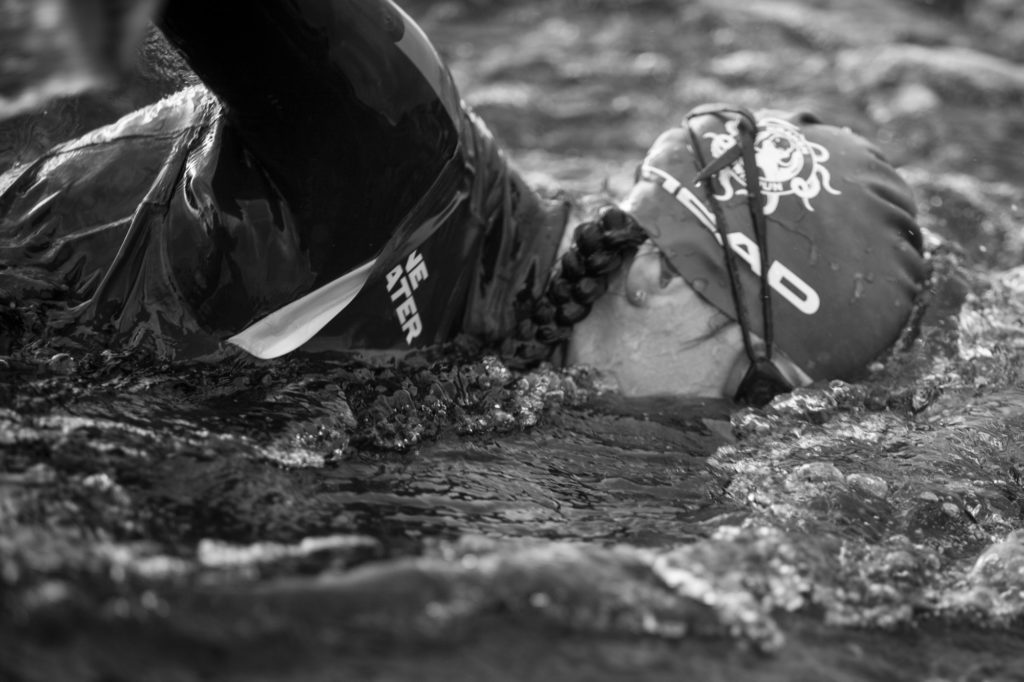
Meet the teams
Read all about the individual teams below with advice on training and racing.
Team 6 – Sweden (retired through injury)

